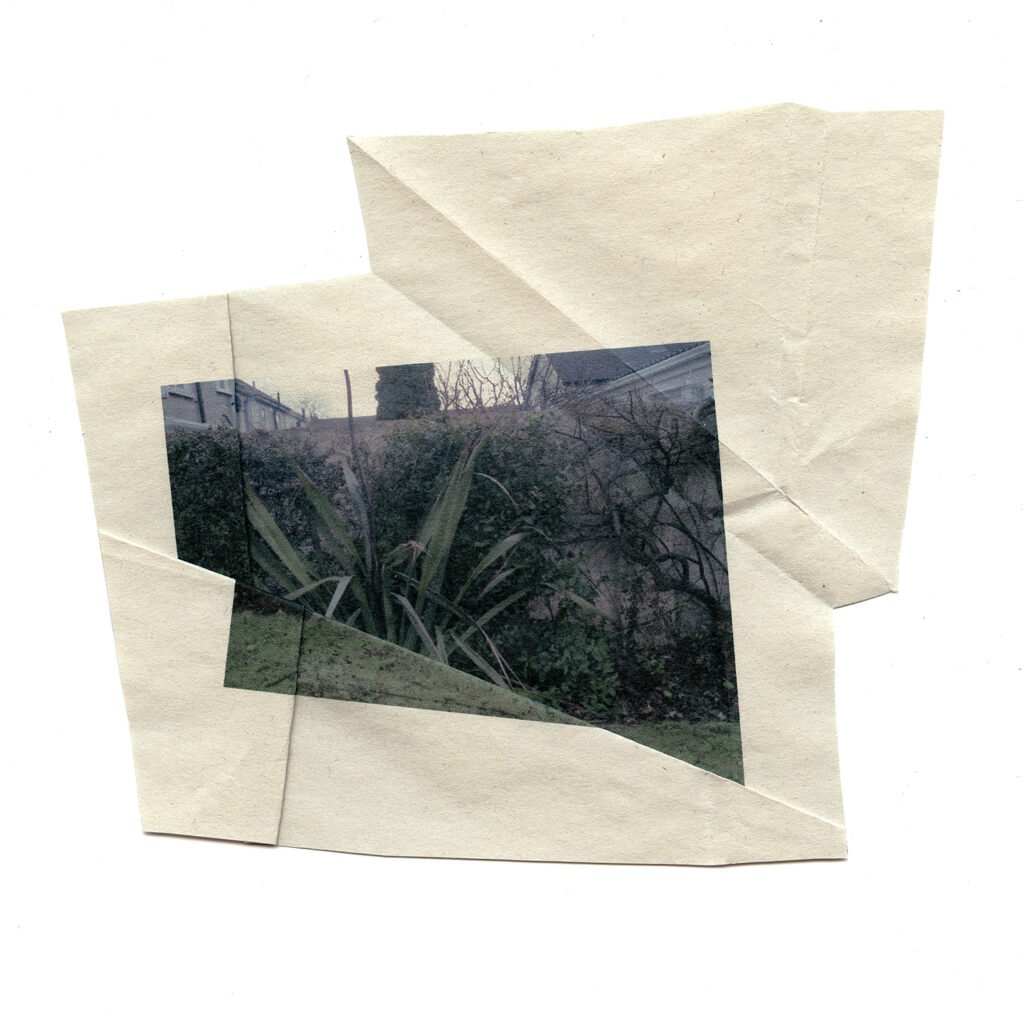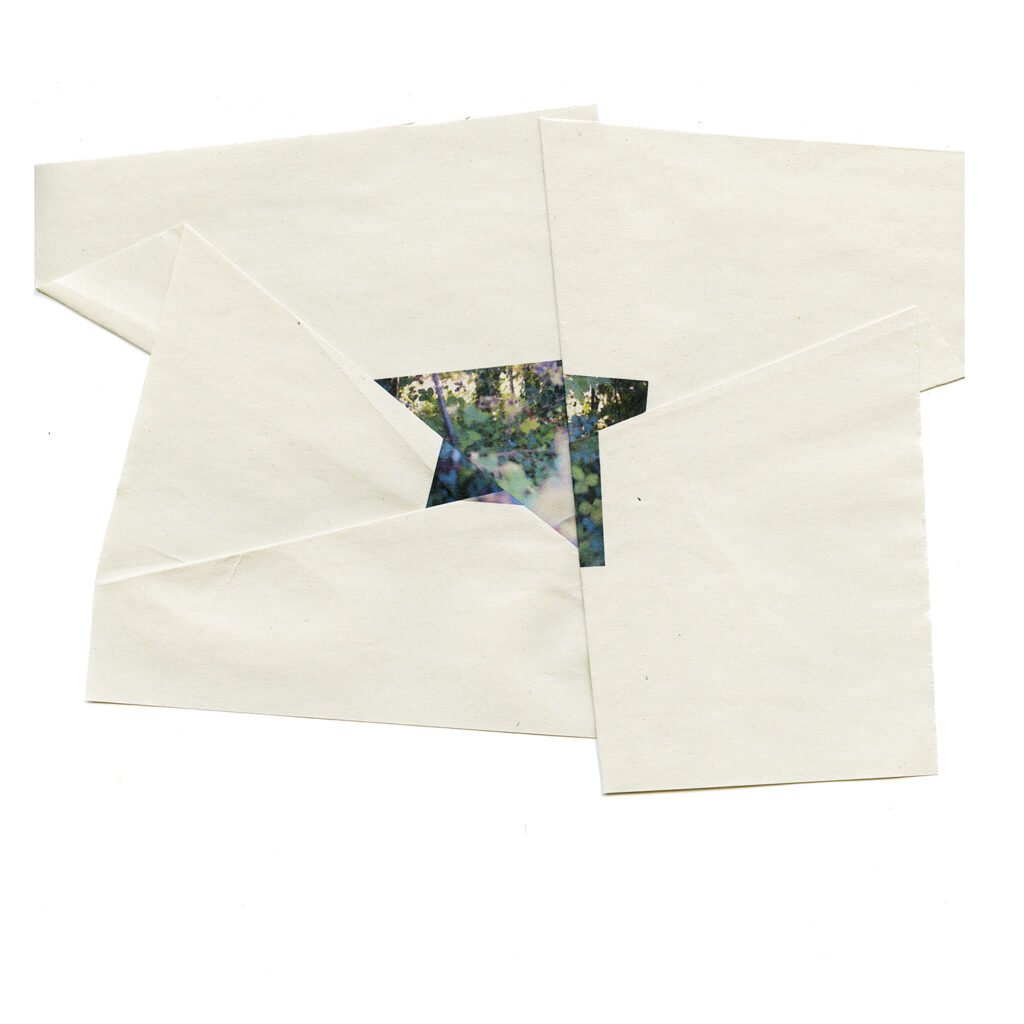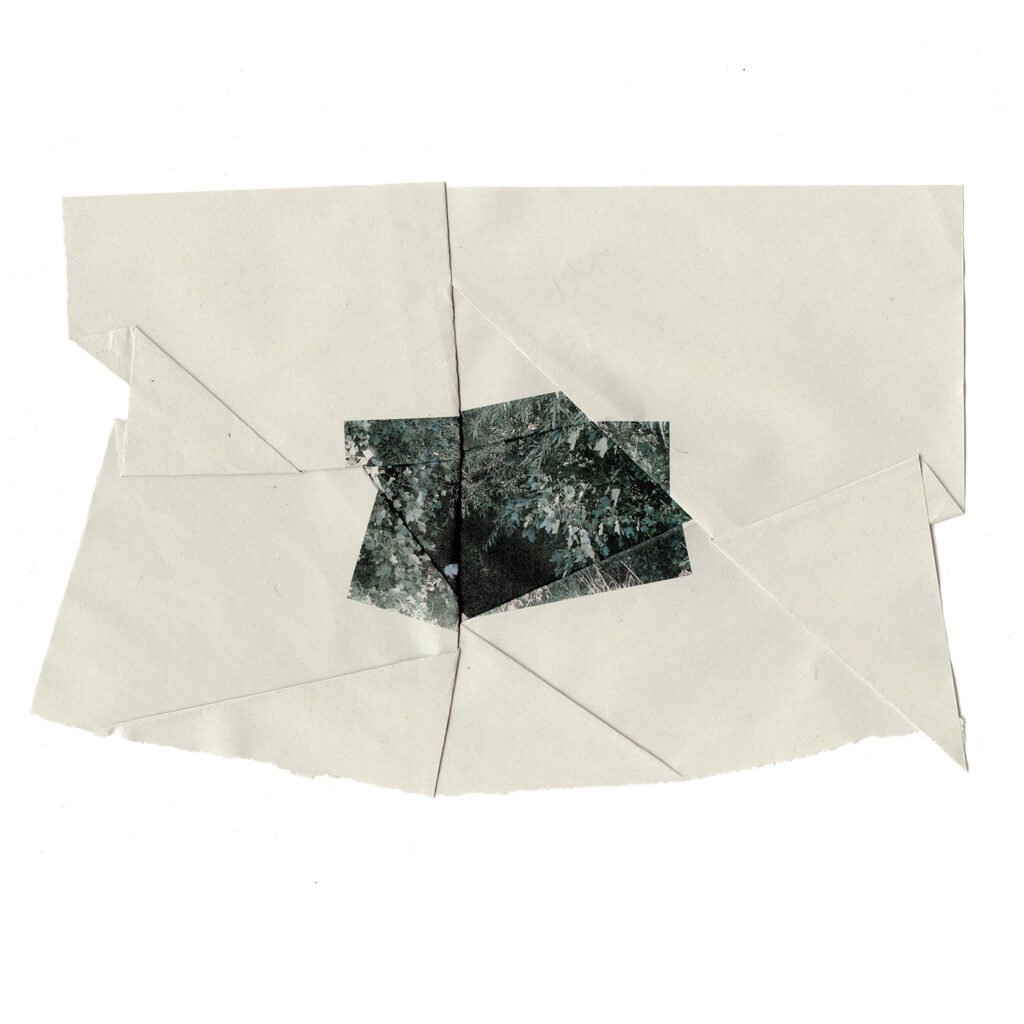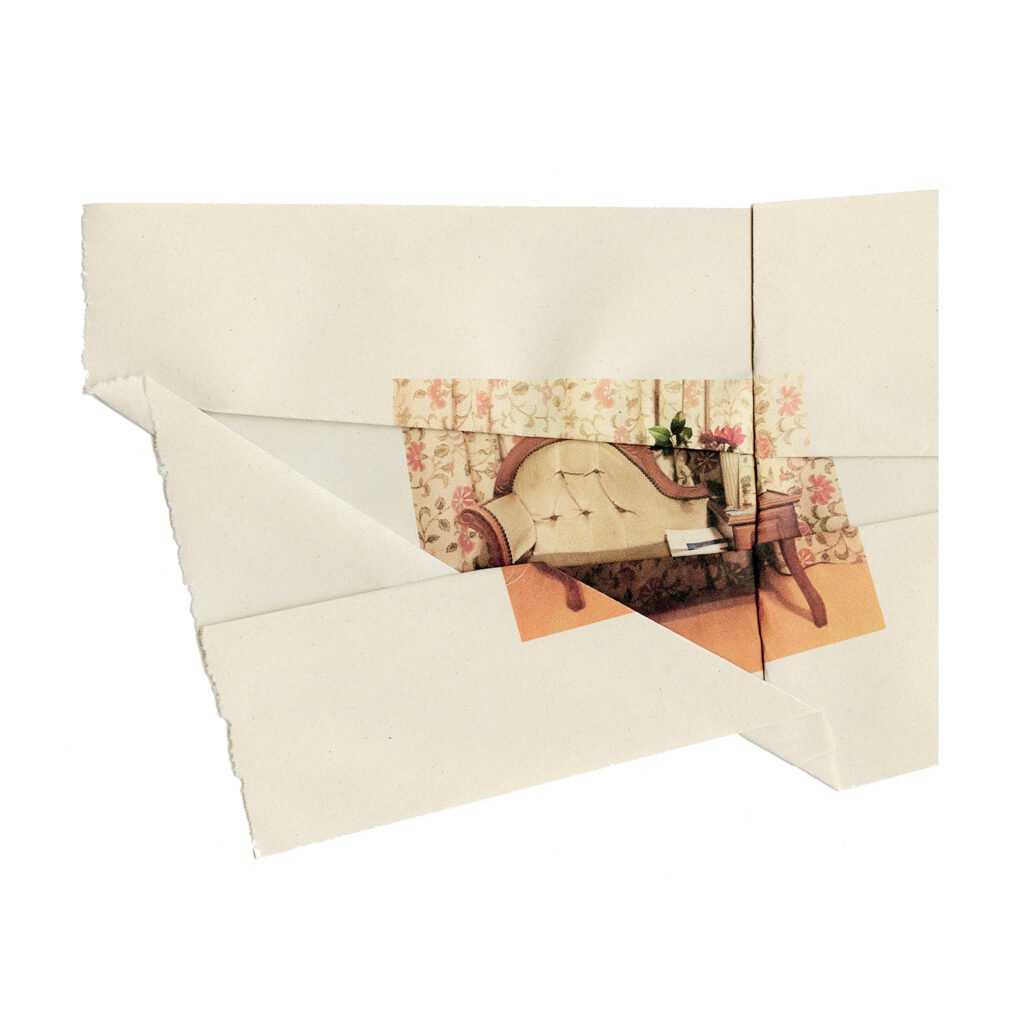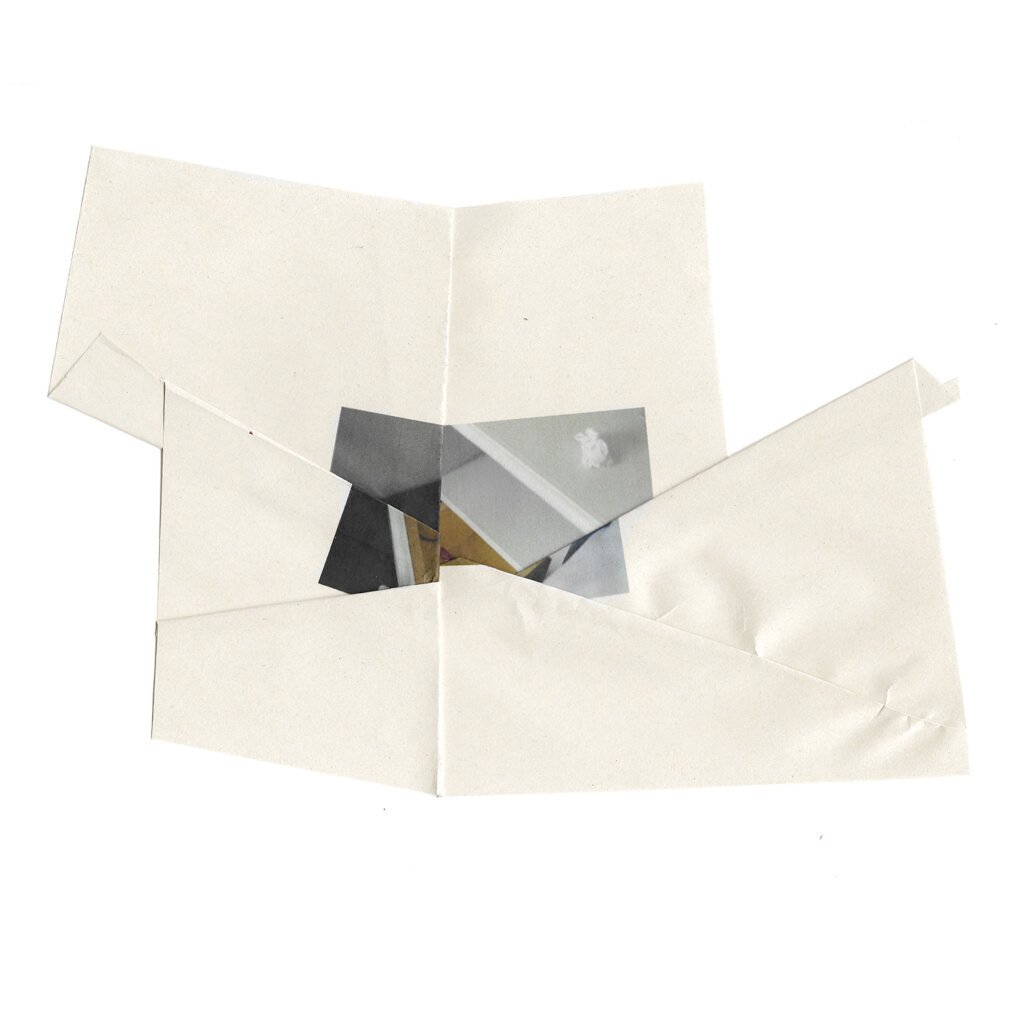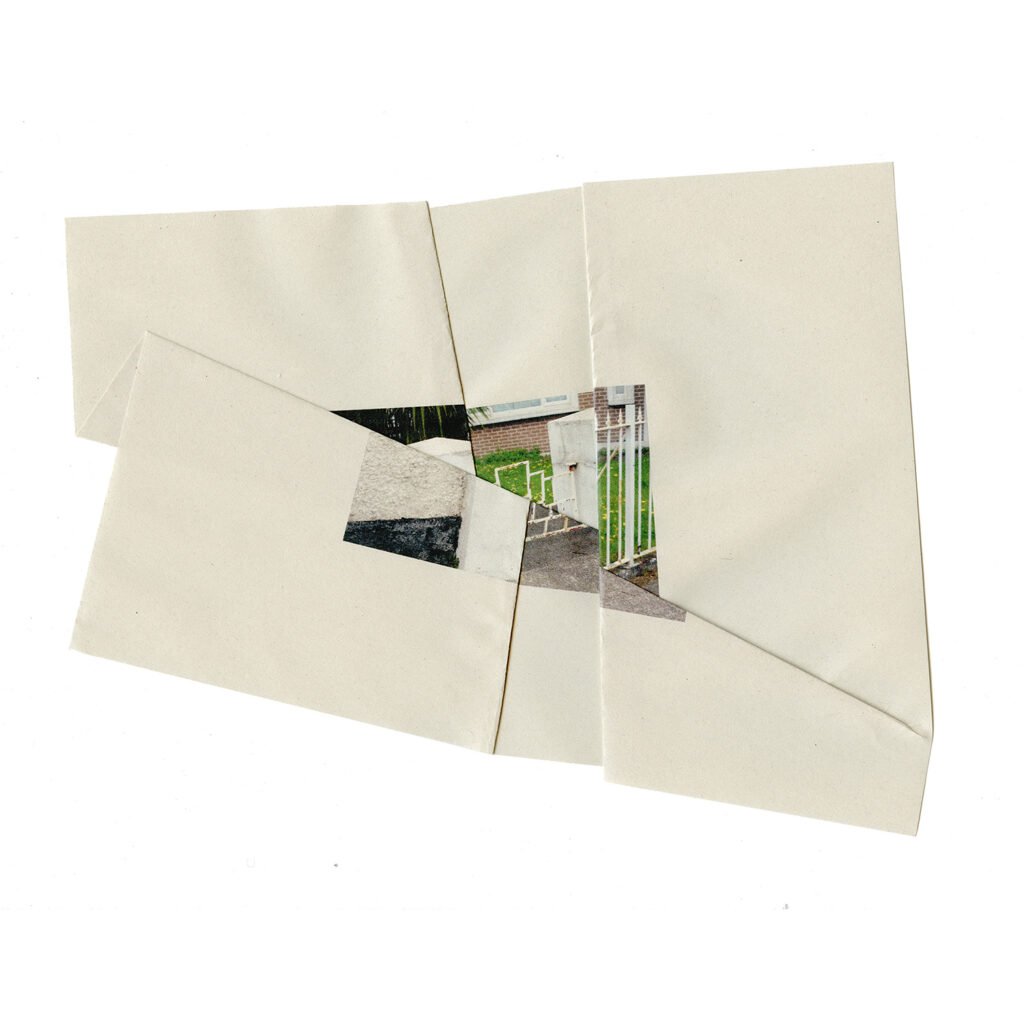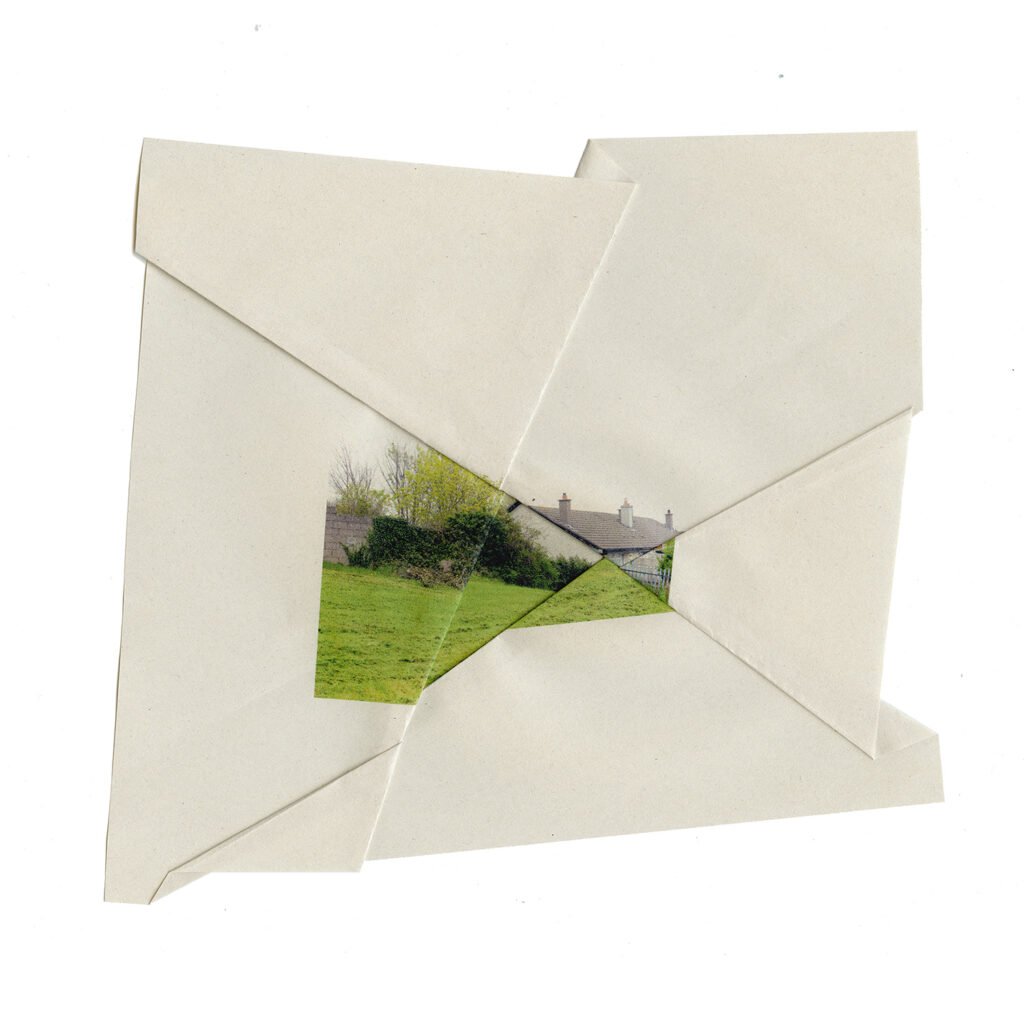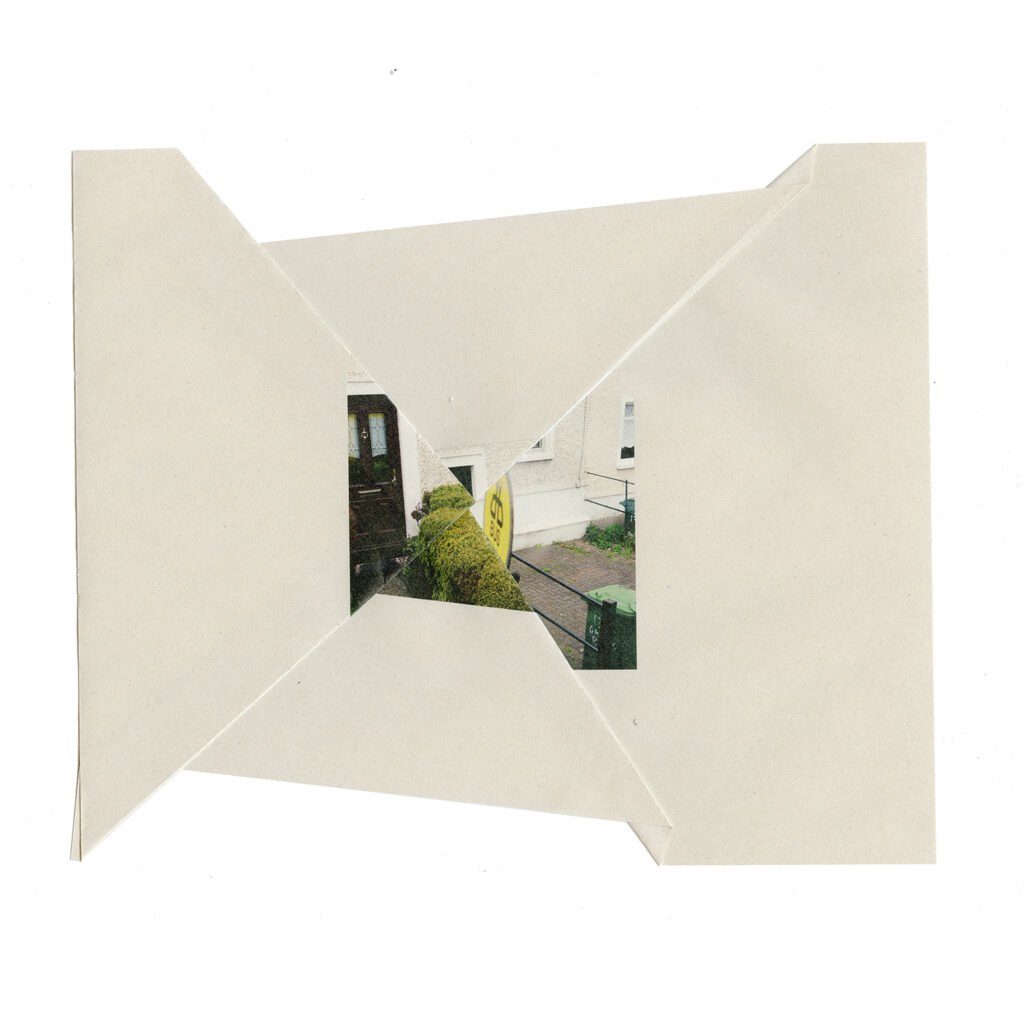Ilaria Sponda: Where is your creative process mainly rooted?
Clare Lyons: My process is mostly rooted in the hope of achieving healing and catharsis. My practice typically examines deeply private and personal experiences. For example, I have made work in the past about my own struggles with mental illness, I have made work about break-ups, I have made work about childhood trauma. I tend to use my practice as a way to make sense of the things I go through in life. I am not afraid to tackle uncomfortable topics head-on and talk very openly and directly about things that people often don’t. I am very inspired by Sophie Calle in this way, who rarely hesitates to share the most intimate details of her life with the world through her practice.
IS: Could you give an insight on your project “Back Into Your Mind”?
CL: “Back Into Your Mind” came about as I was thinking about repressed and suppressed memories. I was really interested in how and why the mind makes decisions to remember or forget based on the emotional or psychological impact of the event, place, person, or thing. Due to the deeply personal nature of my own experiences of repression and suppression, taking a traditional photographic approach to this work didn’t feel right, nor did it feel like it even began to scratch the surface of the extent of what I was trying to communicate. I had been going back to places relating to certain traumatic events and making images of anything that felt visually triggering. The experience of trying to remember and being unable to pull the images fully back into my mind was very visually interesting. At the time of making this work, my research had briefly touched on the Rorschach test, and the power of abstract imagery to reveal something subconscious or concealed. I suppose this type of visual did end up inspiring the methods of folding and obscuring used in ‘Back Into Your Mind’. I wanted to convey that feeling of attempting to recall an abstracted, deeply buried, or entirely lost memory. Folding the images in on themselves, turning the photographs into physical objects, and teasing the viewer with the possibility of a glimpse behind the fold lent itself to recreating this feeling.
IS: There is very little space now left in humans’ minds for memory as technological devices are becoming the extension of it. We rely on images to remember mainly our best memories while we lean in a centrifugal way towards what could be called “the capitalist obligation” to be happy. What’s the future of memory according to you?
CL: There’s a part of me that enjoys the shift towards ‘digital memory’. I like being prompted to view my social media posts from this day last year, 5 years ago, even 10 years ago. I am a very sentimental person (which I actually think is why the medium appeals to me), so being able to access these digital memories so easily is nice. Another part of me, however, mourns the shift away from the creation of a physical album of photographs ‘full of memories’. Of course the photograph as a physical object is integral to everything I do (thanks, Roland Barthes!) and I am sad to think that this art that draws attention to that is being lost.
IS: Images have become our form of thought. Photography is surely playing a role in this shift, especially in its most liquid, digital form. What is the necessity beyond your working with physical photos? I wonder if this choice does in some ways influence the way you develop a project, from its first conception to its, let’s call it, conclusion. Do you ever consider your projects “concluded”?
CL: As I briefly touched on earlier, there is something about a ‘traditional’ photograph that just doesn’t feel like ‘enough’ when it comes to the deeply personal themes and topics I explore. Recently as I have been working on my latest project ‘Every Saturday’, I realised that another aspect of this need to physically work with the images and manipulate them physically comes from my years spent at therapy and counselling as a child. While talking about the events which actually relate both to ‘Back Into Your Mind’ and ‘Every Saturday’, I was encouraged to draw, collage, and create with my hands. I suppose I must’ve learned to associate thinking and working through this time in my life with creating, making, and working with my hands. That level of catharsis I always strive to achieve feels better, more ‘earned’ when I have had to physically work for it.
In terms of ever actually finishing any of my projects, I think the two that I have just spoken about are perfect examples of how that is usually not the case! In many ways, ‘Back Into Your Mind’ was the prequel to ‘Every Saturday’. ‘Back Into Your Mind’ was also inspired by the court-ordered relationship with my biological father and how I have absolutely no recollection of what he looks like, and how a lot of my memories of our experiences together have been lost – by choice or necessity. Once I was able to make ‘Back Into Your Mind’, which allowed me to dip my toe into the possibility of exploring this topic, I felt brave enough to tackle my story head on and be much more direct about it in ‘Every Saturday’.
IS: What’s next for you?
CL: I have recently received Arts Council funding to continue working on ‘Every Saturday’ – I am hoping to reimagine the work and my story as a photo book. I also like the idea of it being interpreted as a physical object in that way. I have always said I wanted ‘Every Saturday’ to go as far as possible and be seen by as many people as possible, to ‘correct history’ and tell the world about my Dad, Jack, so I hope I can continue to do that!
Clare Lyons (b.1993) is a visual artist and photographer working between Dublin and Belfast. She holds an MFA in Photography from the Belfast School of Art in Ulster University.
Clare’s practice finds its concern in the tactile nature of the photographic image. Emphasising the materiality of the photograph, she explores themes of memory, trauma and her personal struggles with mental illness. Considering the photograph as an object is integral to Clare’s practice, and she has strived to develop methodologies which seek to draw attention to this through crafting, experimental printmaking, and working with sculptural processes. Often, for Clare, the photograph is not “enough” and additional interventions must be made with and upon the surface of the image to tease out the difficult topics explored in her work. Clare’s practice is motivated by the hope to achieve catharsis through creating and making, and also to encourage a more healthy conversation surrounding the deeply personal themes which arise in her work.
Clare was one of five Irish Talents selected by PhotoIreland for the FUTURES European Photography Platform in 2021, and in 2022 represented Ireland at Visage(s) d’Europe as part of Festival Circulations, which promotes emerging European photographers, in Paris. Clare is a studio artist at the Emerging Artist Hub in Flax Art Studios, Belfast.
